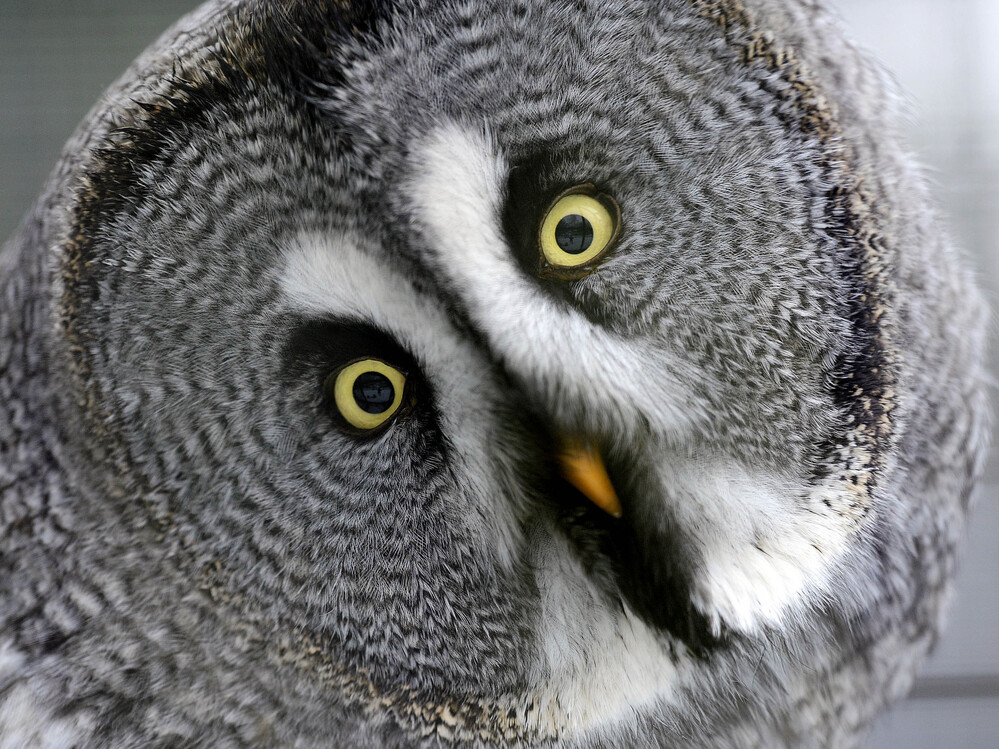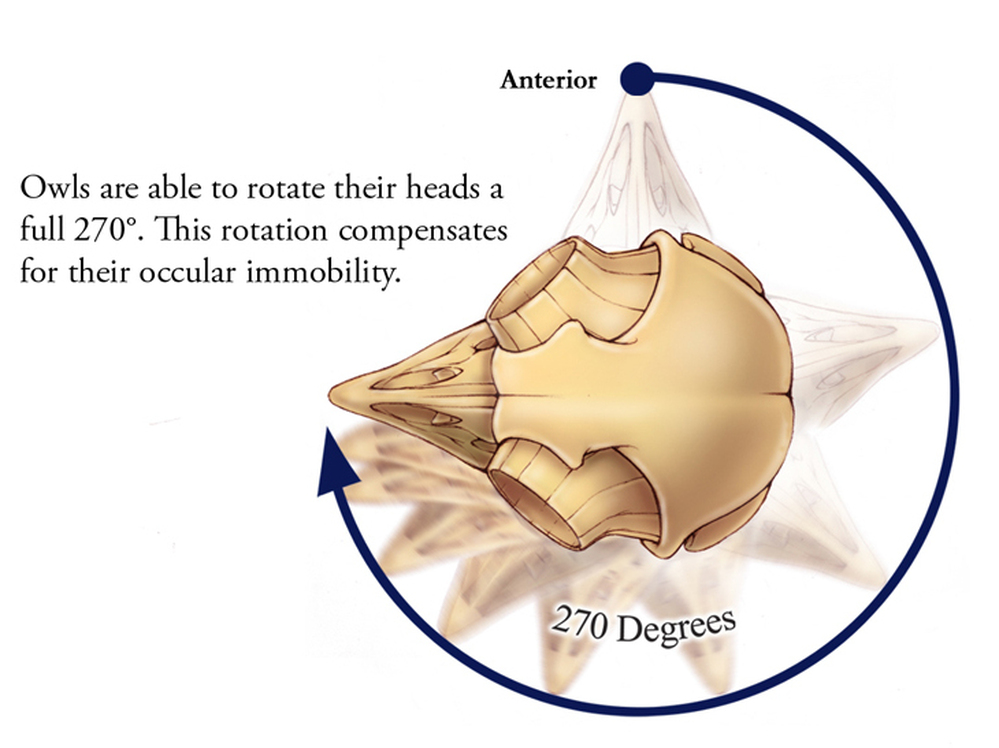When the sun goes down, dung beetles rely on a galactic source—light from the Milky Way—to navigate, according to a recent report in Current Biology. Study co-author Eric Warrant, of Lund University in Sweden, explains how dung beetles see the starry night sky.
Copyright © 2013 NPR. For personal, noncommercial use only. See Terms of Use. For other uses, prior permission required.
IRA FLATOW, HOST:
Now for a surprising find from the insect world. The dung beetle, that insect known for sculpting little balls of animal feces that they roll around and later feast on. Well, it turns out that these beetles have a built-in cosmic GPS that helps them navigate around. Dung beetles use light - listen to this - use light from the Milky Way to orient themselves at night. It's all in a paper published earlier this month in the journal Current Biology.
My next guest is here to tell us more about how dung beetles see the starry - how do they see the starry night, a starry sky? Eric Warrant is a co-author of the dung beetle study in Current Biology, professor of functional zoology at Lund University in Lund, Sweden. Welcome to the program.
ERIC WARRANT: Thank you very much. It's nice to be here.
FLATOW: So dung beetles use the starry night, they use the Milky Way to navigate around?
WARRANT: They do indeed. Yes. It's a surprising finding, but they do indeed. Yeah. We discovered it almost by chance, really, because we were studying their mechanisms of navigating with regards to the moon, which is slightly more visible and obvious stimulus during the night sky. But we discovered on most parts of the month when the moon came up extremely late after midnight, particularly that until midnight, we suddenly discovered that the beetles were still able to navigate even without the moon. So we were quite puzzled by this, a bit alarmed actually at first because we were worried that our previous work was wrong. But then after further contemplation, we sort of realized that, well, maybe they were using the stars. And it turned out to be the case.
FLATOW: They can actually see the Milky Way at night time?
WARRANT: They can, yes. They probably don't see that many individual stars because their eyes really aren't sensitive enough to discern many more than probably the 10 or so brightest stars. But they can actually see the very dim stripe of light, which is - which makes up the Milky Way, especially in the Southern Hemisphere. It's very, very obvious actually compared to the Northern Hemisphere. And it's this broad and rather dim stripe of light which they're able to detect and to orient with respect to.
FLATOW: How do you craft an experiment to discover this?
WARRANT: Yes. Well, the first clue we got was that we covered their heads with little tiny cardboard hats, which we cut out of black card and then taped onto the back of their bodies so that they - the view of the night sky was removed. And when we did that, they were no longer able to orient. And the way they normally orient is that they roll balls of dung in straight lines directly away from the dung pad.
They have to do this because if they don't do this, they end up rolling back into the dung pad. And there's a lot of beetles there, all competing for this very valuable resource, and it's very likely that they get their dung ball stolen after quite a fight often. So they must get away from the dung pad in a straight line. That's the quickest and the most efficient way of leaving the dung pad, and so it's critically important for them that they do this. And so the stripe of light in the sky helps them to do this. They can actually orient with respect to it and orient in straight line away.
FLATOW: So what happens when it's a cloudy night and they can't see the sky? They just don't go out that night?
WARRANT: No, they do but they roll in circles. So it's actually a very dangerous night indeed for dung beetles.
(LAUGHTER)
WARRANT: But thankfully, in South Africa where we were working, cloudy nights are not all that common.
FLATOW: Wow. And so they must have developed this over the millennia, this ability to do this?
WARRANT: Well, we're not absolutely sure when and how and for how long it's evolved. But certainly, I daresay, it been around for a while because, as I say, it's a very important behavior that they have. Everything that they live for really has to do with dung. So - and the dung ball is incredibly important to them because they have to find a mate and lay their eggs in this ball. So it's a very valuable thing, this ball. So rolling away from the dung pile in a straight line with the help of the moon and - if it's present - and with the Milky Way if the moon isn't present seems to be something that probably has evolved some time ago. And they're probably not the only animals that are able to see it either.
FLATOW: Yeah. That was my next question. They must think - there must be other animals that do this too.
WARRANT: It's very likely. We - this is the first animal that we know of that's able to orient with respect to the Milky Way. But it's very likely that there are others. There are many night-flying moths and grasshoppers and locusts, for instance, that migrate considerable distances at night. And it might be the case that they, too, can use the Milky Way under a dark night.
FLATOW: Wow. Starry, starry night has a whole new meaning now.
WARRANT: Indeed it does.
(LAUGHTER)
FLATOW: All right. Eric Warrant, thank you very much for taking time to be with us.
WARRANT: A pleasure.
FLATOW: Good luck.
WARRANT: Thank you very much for having me. Thank you. Bye bye.
FLATOW: You're welcome. Eric Warrant is professor of zoology in the Department of Biology at Lund University in Lund, Sweden.
Copyright © 2013 NPR. All rights reserved. No quotes from the materials contained herein may be used in any media without attribution to NPR. This transcript is provided for personal, noncommercial use only, pursuant to our Terms of Use. Any other use requires NPR's prior permission. Visit our permissions page for further information.NPR transcripts are created on a rush deadline by a contractor for NPR, and accuracy and availability may vary. This text may not be in its final form and may be updated or revised in the future. Please be aware that the authoritative record of NPR's programming is the audio.
View the original article here
 How does a great gray owl do that? Now we know.Martin Meissner/AP
How does a great gray owl do that? Now we know.Martin Meissner/AP  Click image to see full illustration.Johns Hopkins/National Science Foundation
Click image to see full illustration.Johns Hopkins/National Science Foundation